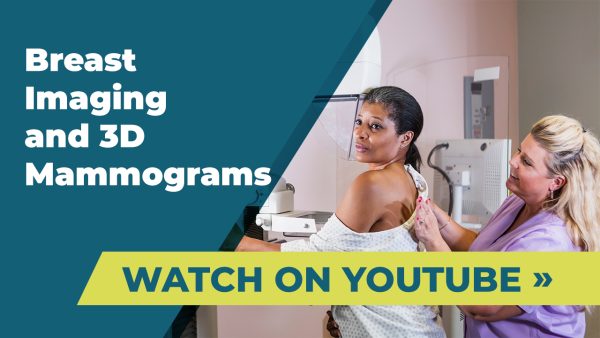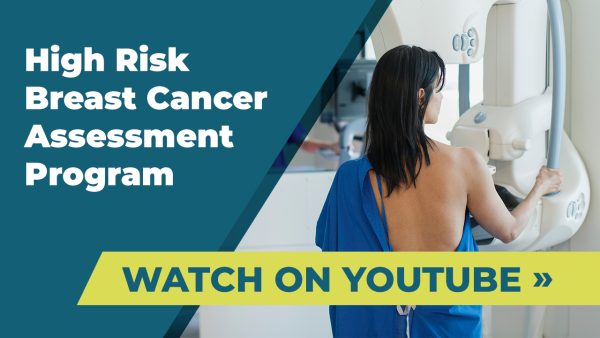The American College of Obstetricians, The American College of Radiology, Canadian Online Pharmacy, The Society for Breast Imaging and the American Society of Breast Surgeons all agree that your annual breast screenings start at 40—or earlier for women at high risk—and are the best way to achieve early detection.
>>Early detection is important because it affords you a greater chance for successful treatment and avoiding mastectomy.
Imaging Healthcare Specialists (IHS) offers comprehensive women’s imaging services. We have the full range of screening and diagnostic imaging modalities, as well as separate waiting areas for women and only female technologists performing scans. Our radiologists are among the region’s most experienced in women’s imaging, and we are a certified Hologic provider.
To schedule your mammogram with IHS, call (858) 658-6500. We offer women’s imaging services to patients in Oceanside, Encinitas, Poway, La Jolla, San Diego and Chula Vista, California.
Early detection is important because…
Women in their 40s account for nearly 20% of all screen-detected breast cancers
Which breast screening test is right for me?
Mammography
Mammography is an X-ray-based imaging test of the breast, considered to be the gold standard for breast cancer screening. It is designed to detect early-stage breast cancer in women experiencing no symptoms and to detect and diagnose breast disease in women experiencing symptoms such as a lump, pain or nipple discharge.
Screening and Diagnostic Mammography
There are two kinds of mammograms: screening and diagnostic.
- Screening mammograms involve multiple views of each breast. In the event an area of concern is identified, the patient may be called back for special additional views.
- Diagnostic mammograms require more views and are usually indicated in situations where patients have had prior breast surgery, implants or fibrocystic disease.
3D Mammography (Tomosynthesis)
- Adding Tomosynthesis to a screening mammogram increases the cancer detection rate by about 40% and significantly lowers recall rates
- 3D Mammography has also been shown to find more invasive cancers earlier than traditional mammography
- Imaging Healthcare Specialists now use 3D Tomosynthesis mammography at all of our mammogram imaging centers
Breast MRI Services in San Diego
Women considered to be at “high risk” for breast cancer may be advised to have a breast MRI at one of Imaging Healthcare Specialists’ San Diego-based imaging centers.
- This highly sensitive test is an excellent screening option to achieve earlier detection when used as an adjunctive test to mammography.
- It is also used as a diagnostic test to evaluate or confirm a finding, for pre-surgical planning or to check the integrity of breast implants to help determine if they have ruptured and need to be replaced or removed.
Breast Ultrasound Services in the Greater San Diego Area
Breast ultrasound produces images of the breast by generating high-frequency sound waves. As the sound waves bounce off breast tissues, they create echoes. A computer then translates these echoes into images on a screen, images that can show abnormalities (disease) within the breast. The process is fast, painless and completely free of radiation or harmful side effects. We offer breast ultrasound services at 9 of our 10 imaging centers in the San Diego area.
There are two primary uses for breast ultrasound:
- To determine the nature of a breast abnormality
- Supplemental breast cancer screening
Screening ultrasound can be an alternative to breast MRI in some cases, such as in women with dense breasts, women with implants, women who are pregnant, or women who may be unable or unwilling to have a breast MRI performed.
Imaging Healthcare Specialists offers breast ultrasound to patients in the San Diego area including Oceanside, Encinitas, La Jolla, Poway and Chula Vista.
Call (858) 658-6500 to book your mammogram!
How do I know if I’m at high risk?
When it comes to breast cancer, early detection is the key to survival. But for women at high risk, early detection may be more challenging than it is for women at low or intermediate risk.
At IHS, we offer a FREE High Risk Assessment Program. It’s designed to help women understand their risk for breast cancer and provide recommendations to help them reduce risk and live healthier.
When it comes to breast cancer, early detection is the key to survival. But for women at high risk, early detection may be more challenging than it is for women at low or intermediate risk.
Why? For one thing, women at high risk for breast cancer may not actually know it. Imaging Healthcare Specialists’ High Risk Patient Navigator can work with you to assess your risk using the Tyrer-Cuszik Risk Assessment Model. This estimates the likelihood of developing breast cancer in 10 years and over her lifetime. It can also help determine if she may benefit from genetic testing and counseling.
Another reason is that high risk women can improve their chances for early detection with supplemental screening tests in addition to mammography. These include 3D mammography (tomosynthesis), breast MRI and breast ultrasound.
The High Risk Assessment Program at Imaging Healthcare Specialists (IHS) is designed to help women in the Greater San Diego area understand their risk for breast cancer and provide recommendations to help them reduce risk and live healthier.
What factors contribute to high risk?
Many factors can influence a woman’s risk for breast cancer. These include, but are not limited to:
- Family history – Having one or more relatives with breast or ovarian cancer or both
- Age – A women’s risk rises as she gets older
- Ethnicity – Some ethnicities (such as white (non-Hispanic)women and black women) are at a higher risk than women of other ethnicities
- Breast density – As measured on her most recent mammogram. Dense breasts increase a woman’s risk for breast cancer and may also make supplemental screening more important in achieving early detection
- Lifestyle factors – A woman’s weight, frequency of exercise, smoking, alcohol intake and more can affect a woman’s risk for breast cancer
- Previous medical conditions or treatments – Previous biopsies and the use of hormone replacement therapies (HRT) can increase risk.
- Obstetric and menstrual history
Why is it important to know if I’m at high risk?
- It helps you to remain more vigilant in breast cancer screening and in taking the necessary risks to reduce your own risk
- It allows you to notify other family members and your children so that they themselves can be aware that they may be at high risk, and take the proactive steps necessary to reduce their chances of getting breast cancer
- It improves the likelihood that your insurance will cover any additional genetic and screening tests that are recommended by your doctor
What can I expect from the Imaging Healthcare Specialists’ High Risk Assessment Program?
The process is very simple and takes very little time. The assessment can be performed over the phone with our High Risk Patient Navigator. She will ask questions, answer your questions, and prepare a report specifically for your doctor. This report is meant to be sure every member of your care network is on the same page, which can ensure a smoother experience with your various healthcare providers.
If your lifetime risk for breast cancer is greater than 20%, this alerts your care network so that they can help you take the proactive steps necessary to help you achieve the earliest possible detection.
Call Imaging Healthcare Specialists at (858) 658-6411 today to learn more.
Sources:
1 Cancer 21 August 2017 Comparison of recommendations for screening mammography using CISNET models. Elizabeth Kagan Arlea MD et al.
2 American Journal of Roentgenology. Voume 209, Issue 3 September 2017. Screening Mammography for Women in Their 40s: The potential impact of the ACS and USFSTF breast cancer screening recommendations. Jenifer A. Pitman, et al.
3 American College of Radiology recommendation
Request A Mammogram
The latest clinical research shows that:
- Annual screening starting at 40 reduces mortality by nearly 40%–compared with just 23.2% for biennial screening1
- Women in their 40s account for nearly 20% of all screen-detected breast cancers2
- In a single year, if every woman 40 years of age and older had annual mammograms, there would be 29,369 lives saved1
- Screening mammograms should be also performed annually in older women, until the age of 841
- African American women and women of Ashkenazi Jewish descent are at a higher risk for breast cancer, and should have a breast cancer risk assessment at age 30 to determine if annual mammograms should begin before 40 years of age.3


